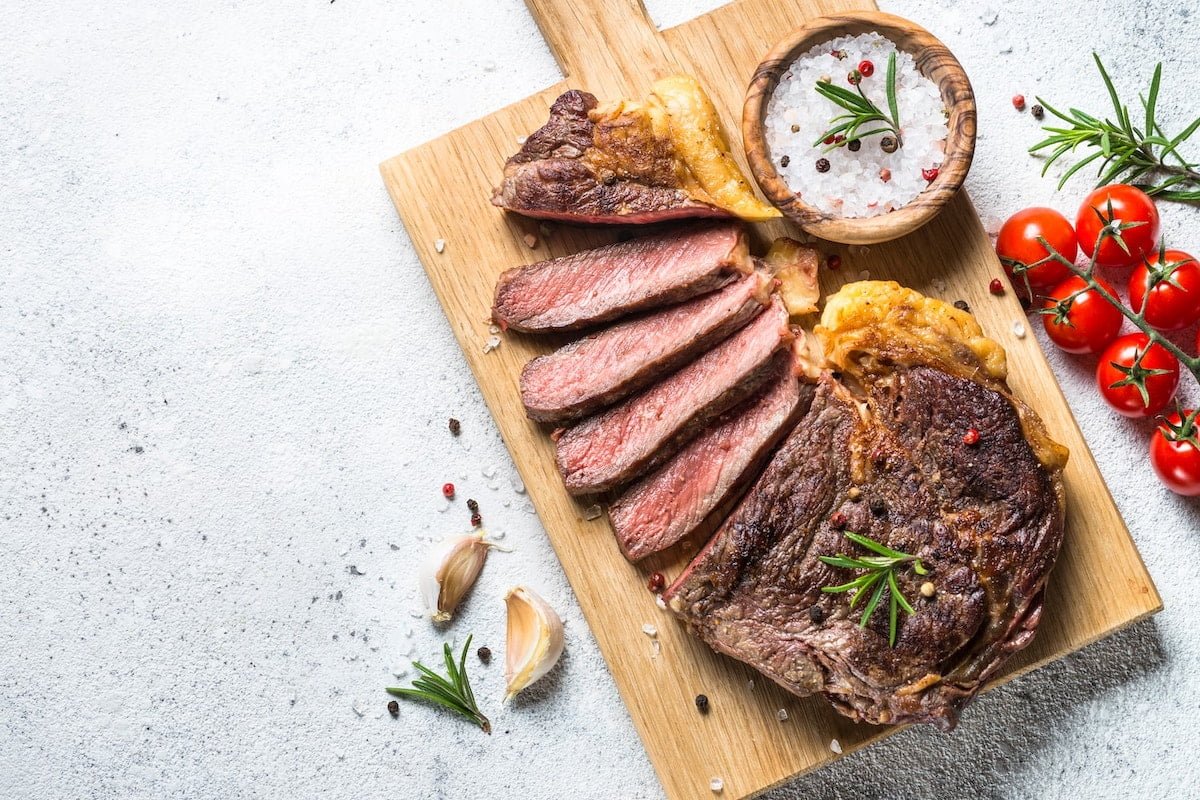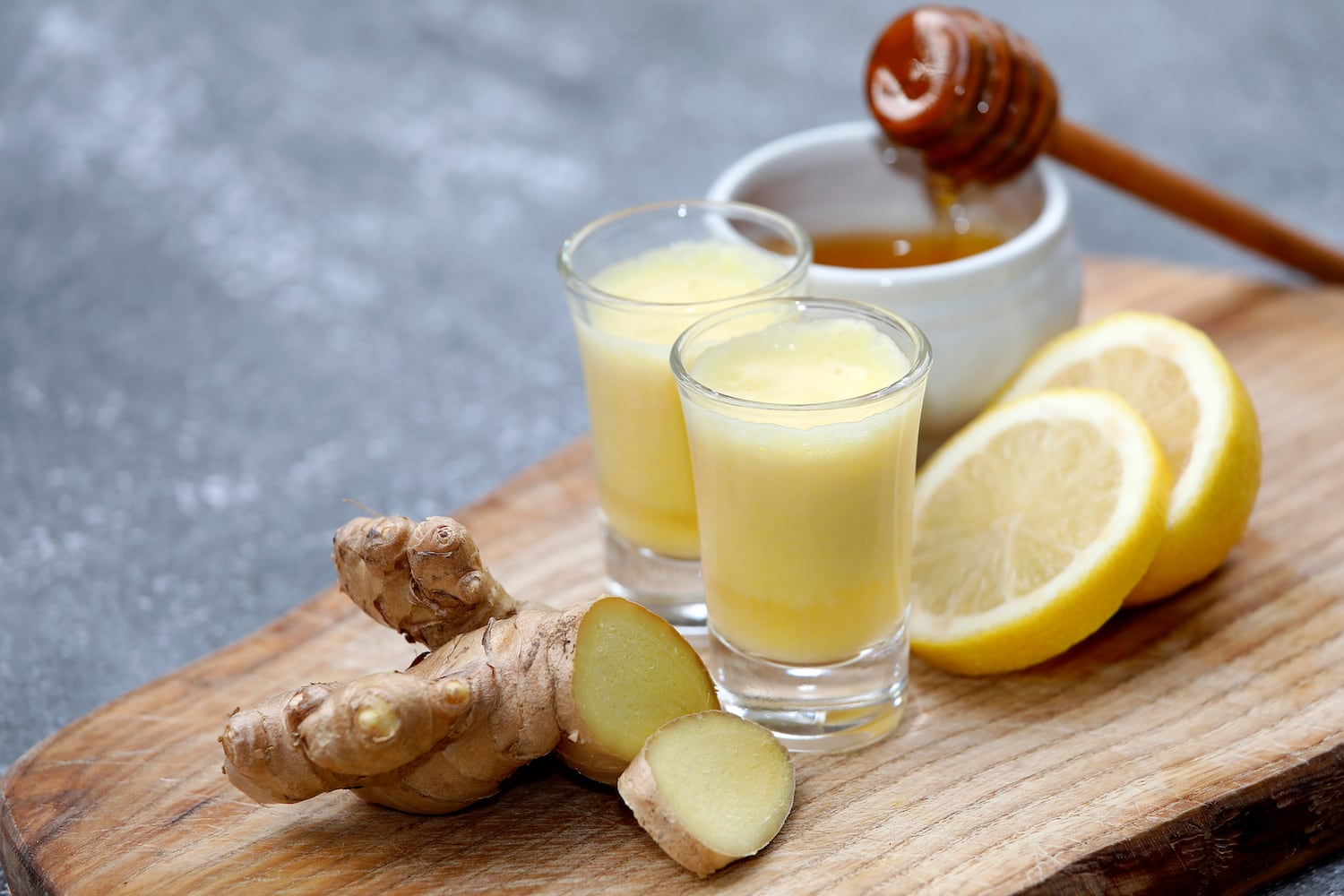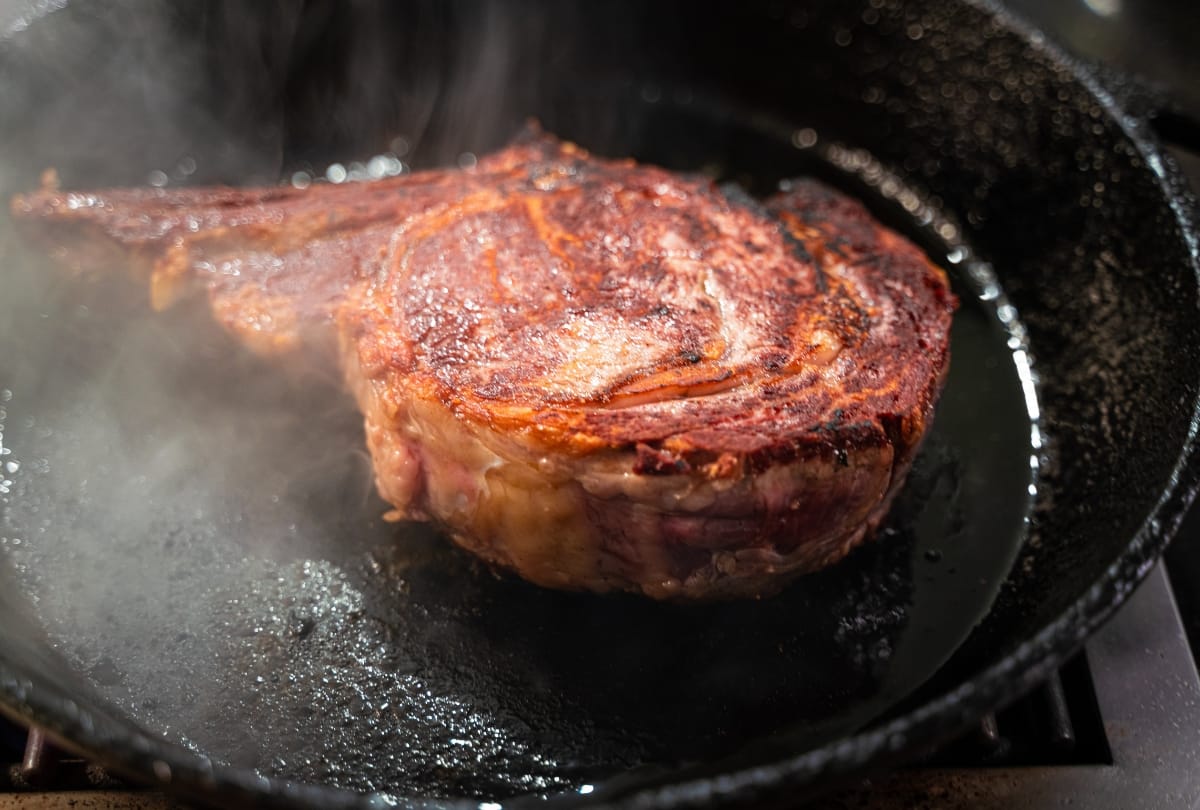Meat simply has to be tender. Nobody wants a dry, tough and therefore 'chewy' piece of meat on the plate. We could eat less meat, but when meat is on the menu, you better make sure the meat is prepared perfectly, right?
With the tips below, you can ensure a juicy and tender piece of meat from now on. Even when you choose difficult meat.
What makes meat tough?
A bit of general culinary knowledge. Because, why is one piece of meat tough and the other not. The way you prepare the meat plays a role in the tenderness, but there are more reasons why one piece of meat is more tender than the other.
The amount of fat in the meat
Fatty meat, preferably with a nice marbling, provides juiciness and a better taste. If you choose a piece of meat with little fat, it can become tough and dry after cooking.
The amount of connective tissue
Meat with a lot of collagen or other connective tissue is tough and requires a long cooking time to become tender.
The part of the animal
Like the two factors above, the part of the animal the meat comes from is a huge factor in whether a steak will be tender and juicy or whether you’ll find the proverbial sole of a shoe on your plate. Working meats, the muscles that are used more intensively, are more flavorful, but also tougher.
The age of the animal
As an animal ages, the amount of muscle tissue in the meat increases. The more muscle fibers, the tougher the meat will be.
How old the meat is
If a steak is frozen, the meat must first be defrosted correctly before you can prepare it. Incorrect defrosting will cause loss of flavor, but also tough meat. So do not defrost in the microwave, but calmly in the refrigerator.
Using a meat mallet
Using a meat mallet is a very effective way to tenderize meat. A meat mallet generally has two sides.
[product=meat hammer]
Make your meat more tender with the meat mallet
[/product]
The flat side The meat mallet is mainly used to flatten meat, for example for schnitzel. The serrated or pointed side of the meat mallet is intended to make the meat more tender. If you do not have a meat mallet, you can also make a cross-shaped pattern incision in the meat or prick small holes in the meat with a fork.
Use a marinade
If you want to make meat more tender, don't underestimate the power of a good marinade. A marinade not only provides flavor, but acidic ingredients in the marinade, such as lemon juice, vinegar, buttermilk or yogurt, help break down the fibers in the meat.
It is important that you give the meat enough time to marinate. At least a few hours. Longer is better, but not too long, because then the meat will lose structure and become too soft and mushy.
Don't forget salt
Whether or not you choose to use a marinade to tenderize meat, don't forget the salt. Salt draws moisture from the meat and also adds flavor.
Usually we sprinkle the meat with salt just before cooking. But to make meat more tender you can also choose dry or wet brining. You will see that after baking the brined meat will have a deeper red color and will also be less tough. We previously wrote a blog about tenderizing meat by brining .
Always let the meat come to room temperature first
Take that steak or pork tenderloin out of the fridge in good time before cooking. Let it come to room temperature on the counter for half an hour. Meat that you let come to room temperature will cook more evenly and therefore a more tender end result. This is especially important when you choose leaner meat. Fatty meat is more forgiving when cooked too long.
Go for the right core temperature
The core temperature is quite important. Cooking it too long will result in dry meat, but meat that is not cooked enough will also be tough and difficult to chew. Beef is medium rare at a temperature between 55 and 58°. Pork is nicely pink between 60 and 63° and chicken is sufficiently cooked from 70°.
[product=thermometer-with-probe]
Check the core temperature of your meat!
[/product]
With a core thermometer you know when the meat is cooked enough. Provided you use it properly, because you will have to pay close attention. A few degrees too much or too little and the meat will be tough and dry or too raw. Fortunately, that can be easier, because with sous vide brings the meat to the exact desired core temperature.
Let the meat rest
When you remove a freshly cooked piece of meat from the pan, you will see that moisture and fat drip out. By letting the meat rest, the meat juices will redistribute through the meat after cooking. Resting therefore ensures a better taste and more tender meat.
You can simply wrap meat in aluminum foil and leave it for a while. A steak will need to rest for about 5 to 10 minutes. A large roast will need half an hour.
Cut meat against the grain
All types of meat consist of muscle fibers. Before you cut the meat, look at the direction in which they run. If the fibers run from left to right, then you cut vertically. Against the grain. If you don't do that, the meat will not be tender and will be difficult to chew.
[product=gyuto-mes-kotai]
Use a sharp knife to cut the meat
[/product]
Using sous vide for tender meat
The most beautiful (and also most expensive) pieces of meat only need to be seared briefly on both sides in the pan. The cheaper parts, such as a bavette, tenderloin or a pork shoulder need a bit more attention and certainly benefit from a long cooking time at a low temperature.
Stewing or slow cooking makes for tender meat. Tasty, but that is not the way you want to prepare a steak or pork tenderloin. If you want a tender steak, then sous-vide is simply the best way to do it.
With sous vide you vacuum the meat and then immerse it in water that is as warm as the desired core temperature. This preparation method offers advantages. Meat prepared sous vide tastes better, because all the flavour is well packed in the vacuum bag. This also preserves the nutrients better, which is healthier. A few hours in the warm water bath ensures that the fibres and connective tissues are broken down, but the meat will never overcook. With sous vide you can make tough meat more tender.



1 comment
ewa@gladovik.se
Tack! Man blir aldrig för gammal vad gäller att lära sej nya sätt att behandla livsmedel.
Använder ofta sous vide med bra resultat.
Artikeln lärde mej ta mer hänsyn till olika kvaliteer av kött.
Tack än en gång!
Leave a comment
This site is protected by hCaptcha and the hCaptcha Privacy Policy and Terms of Service apply.